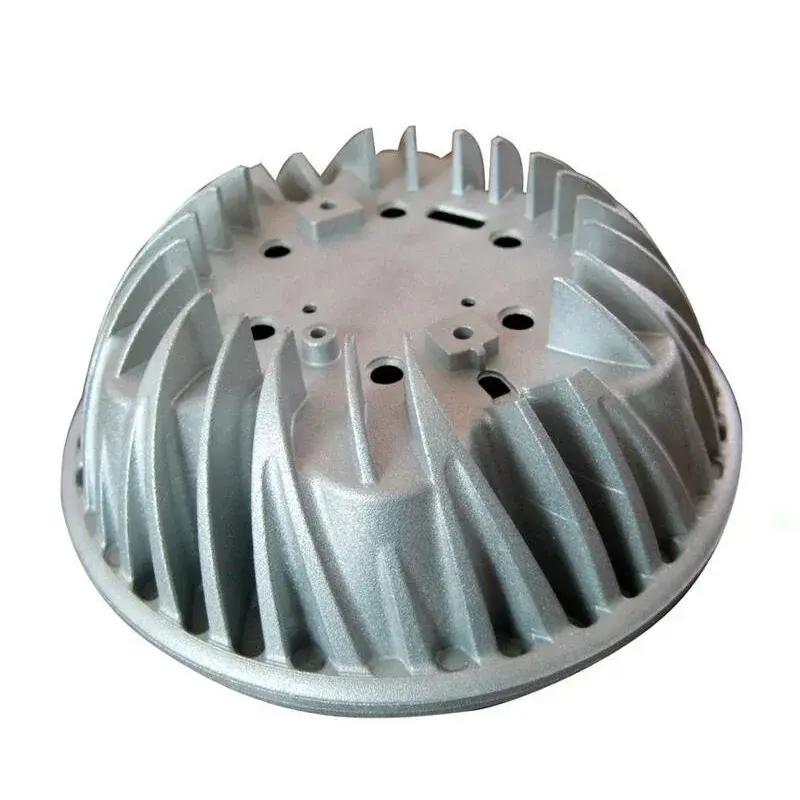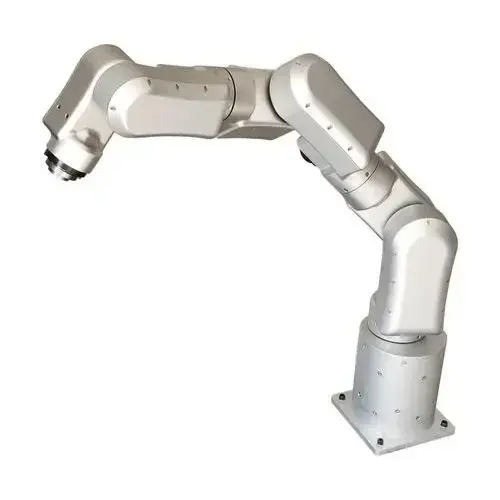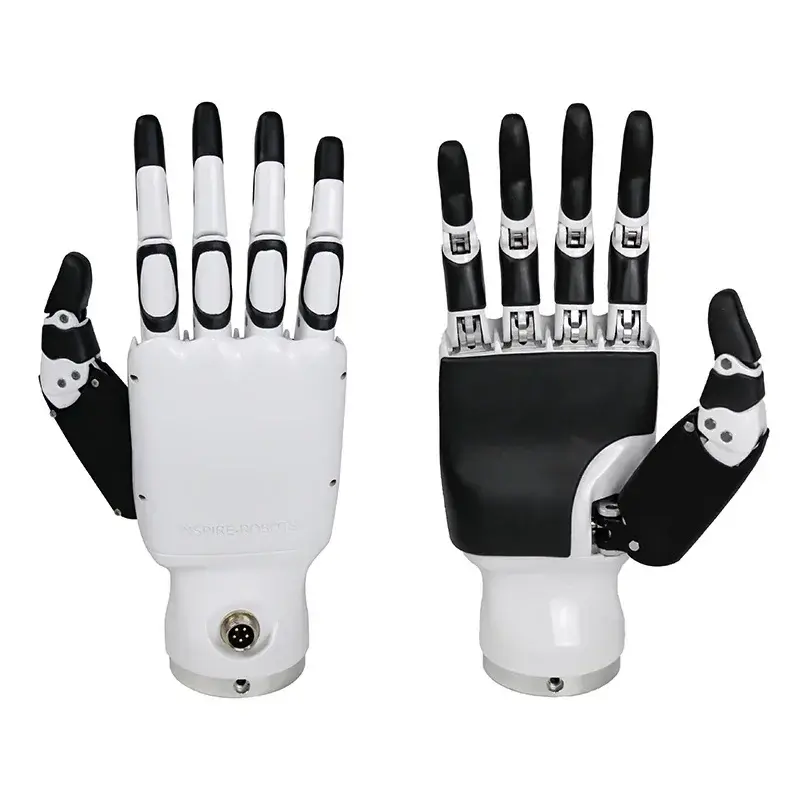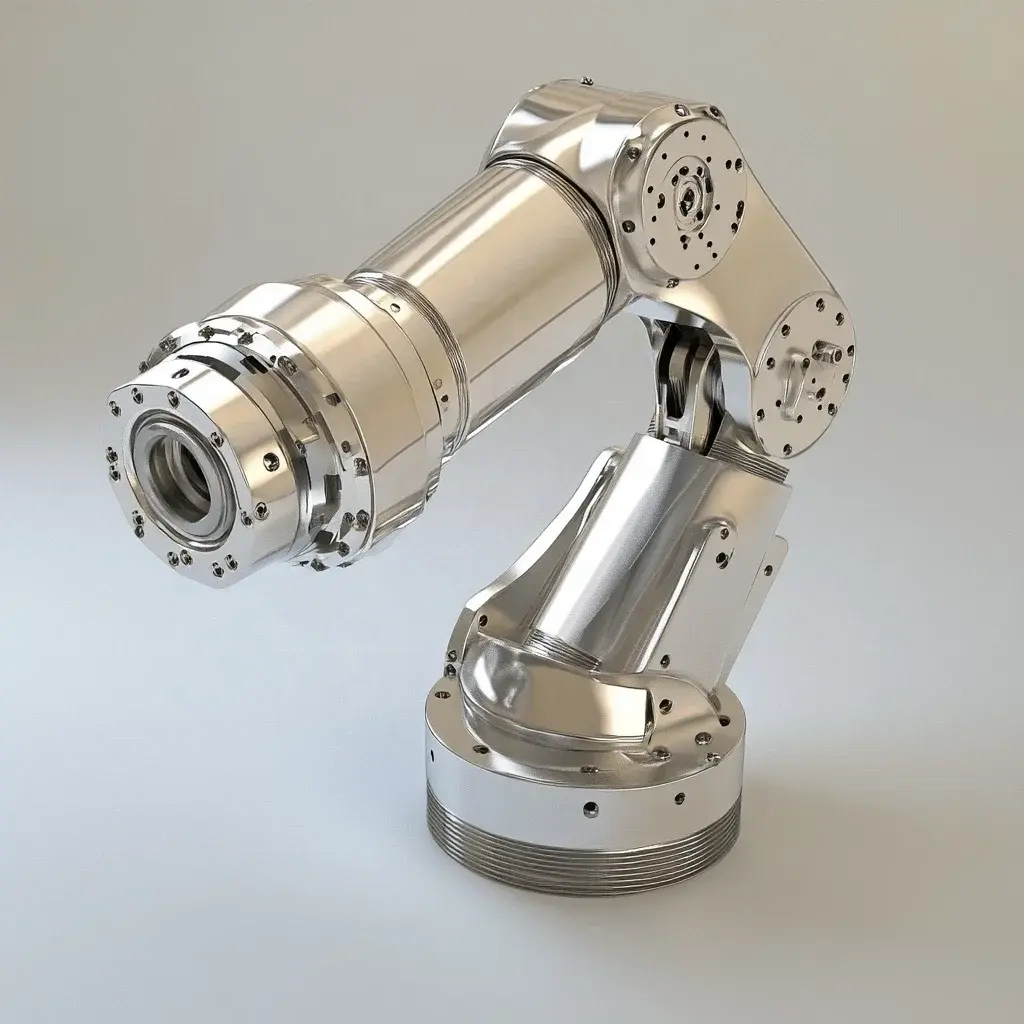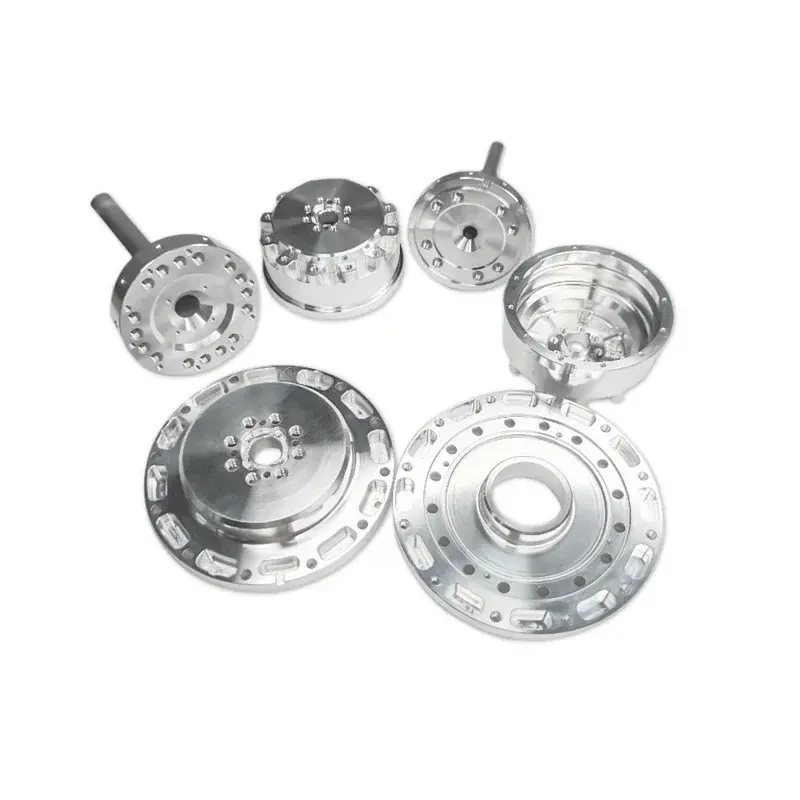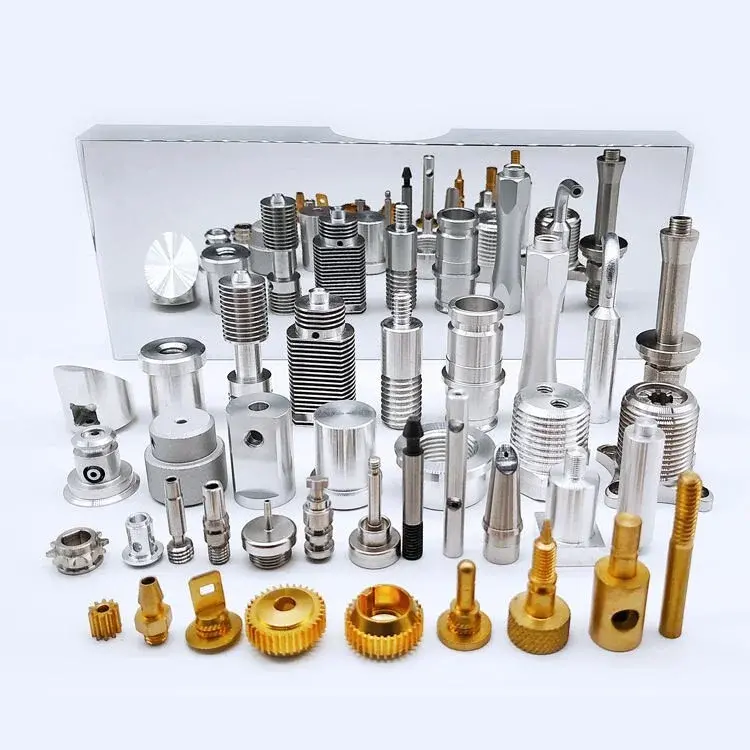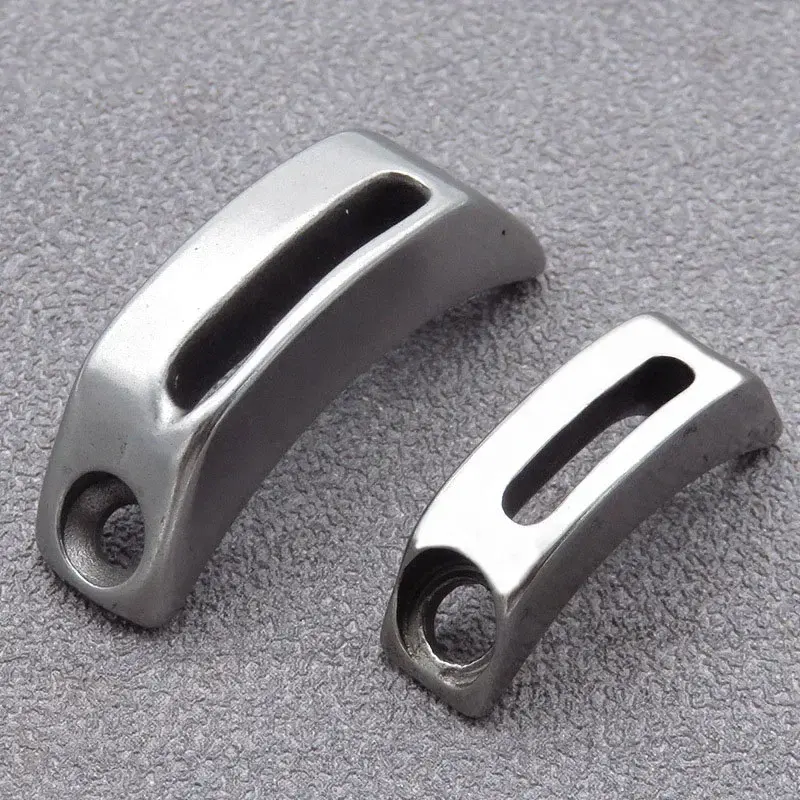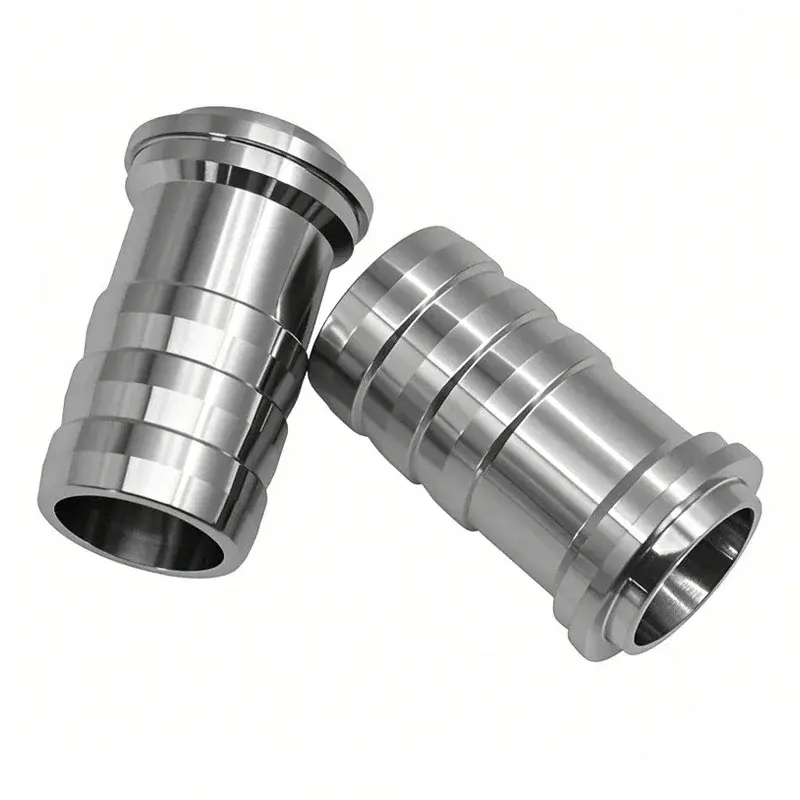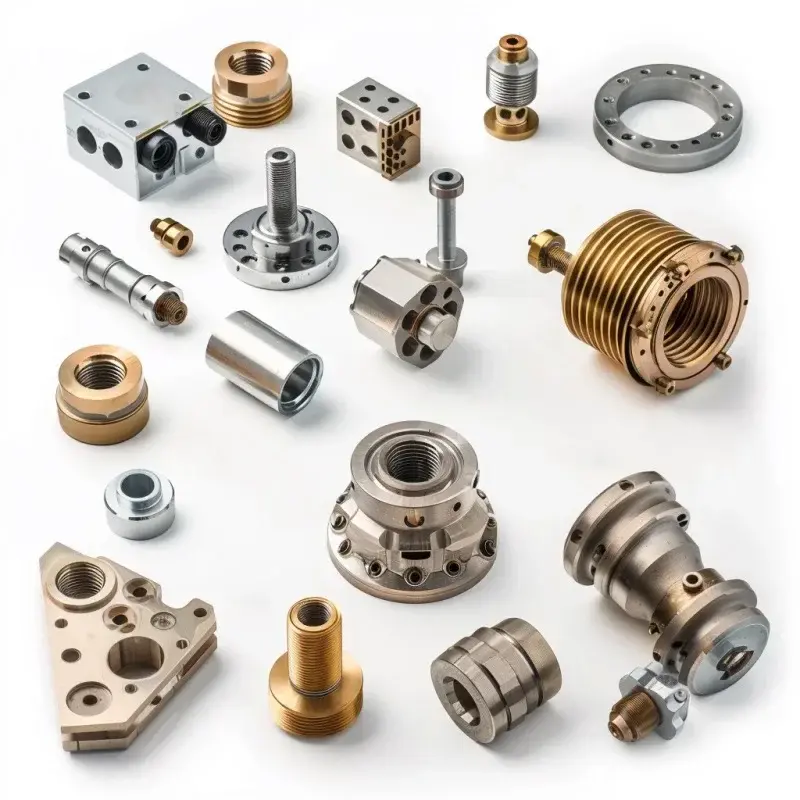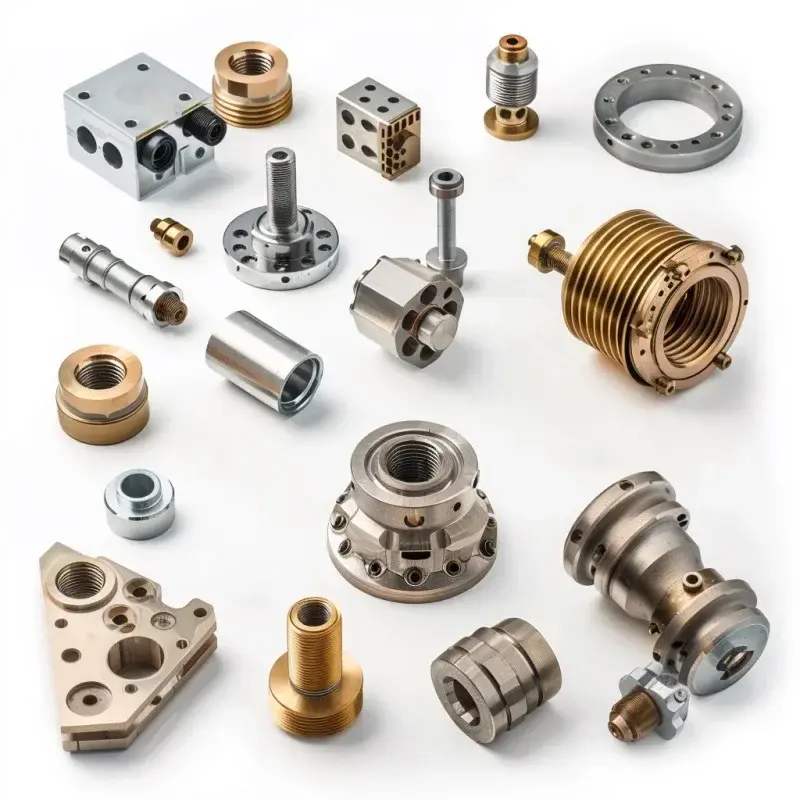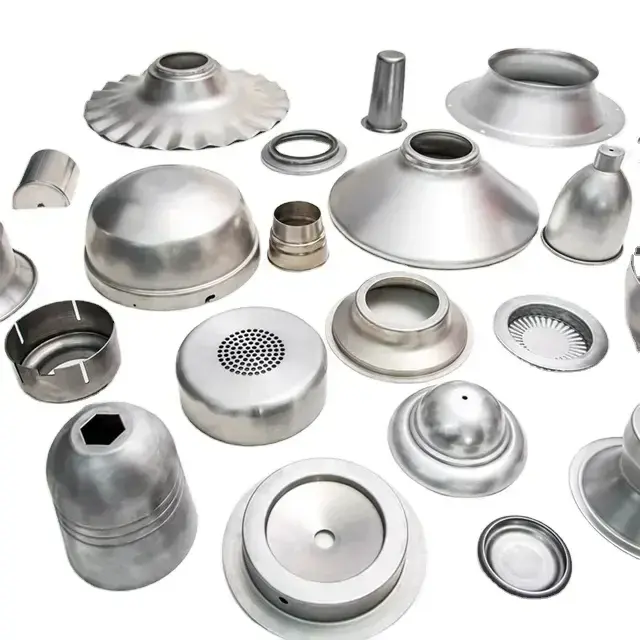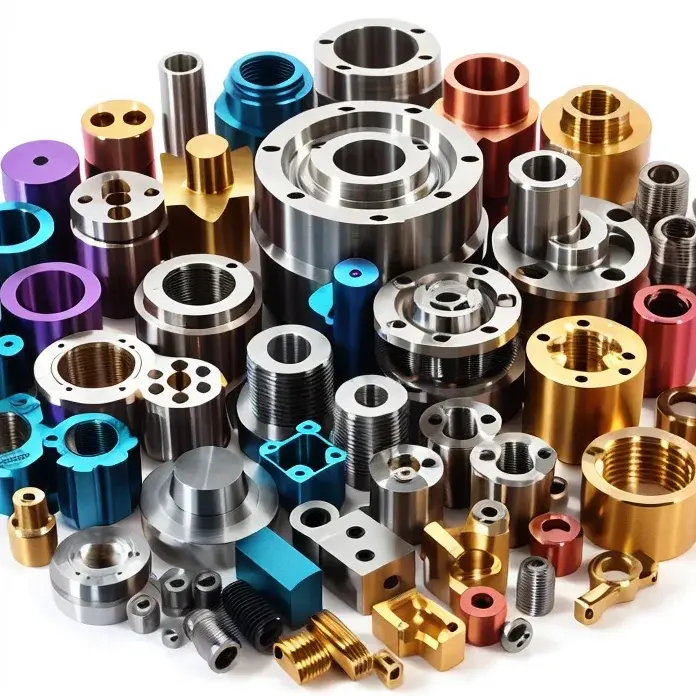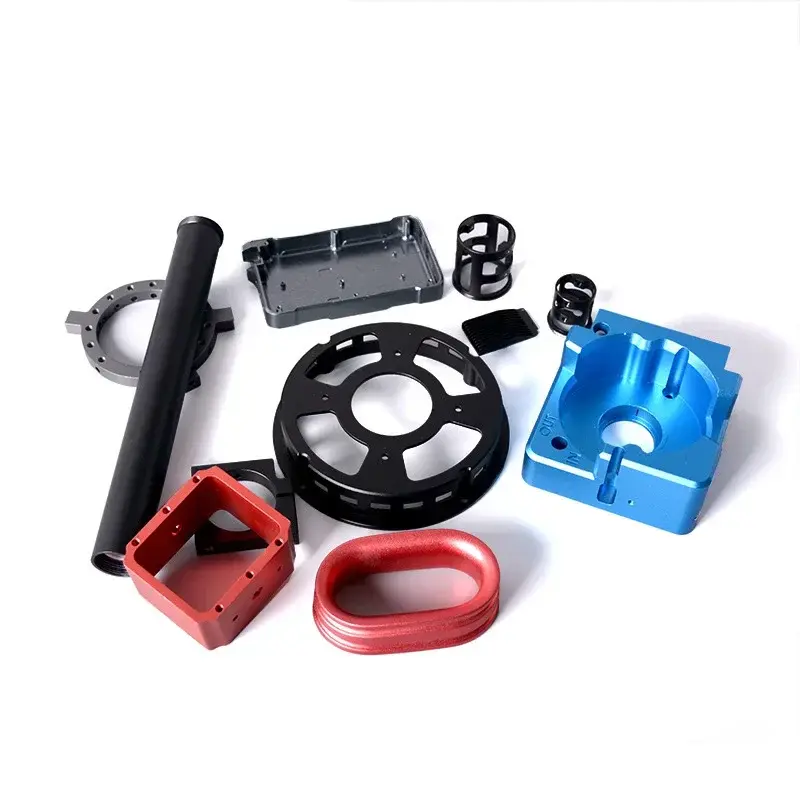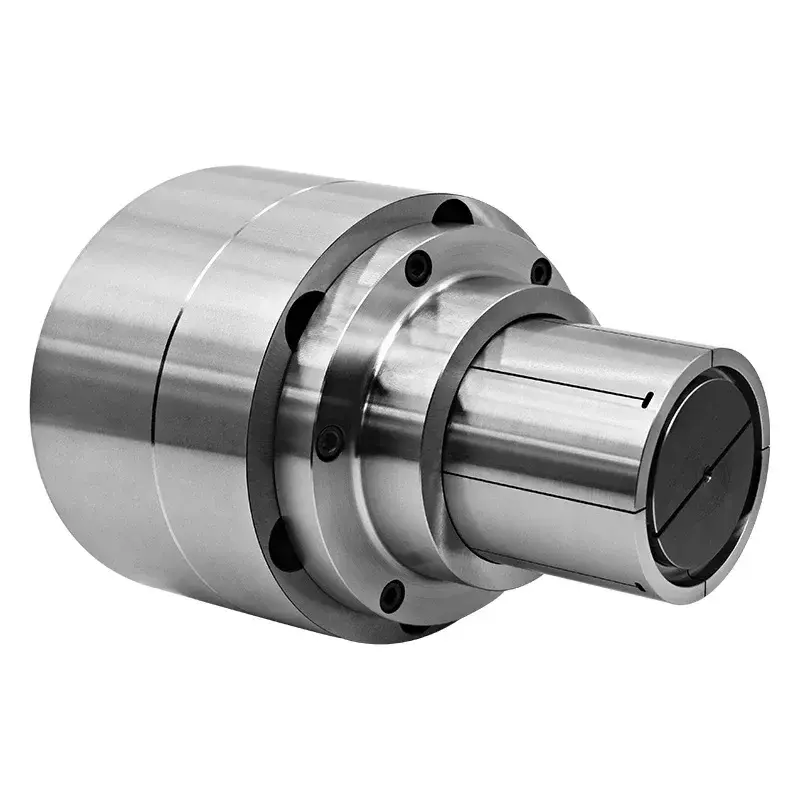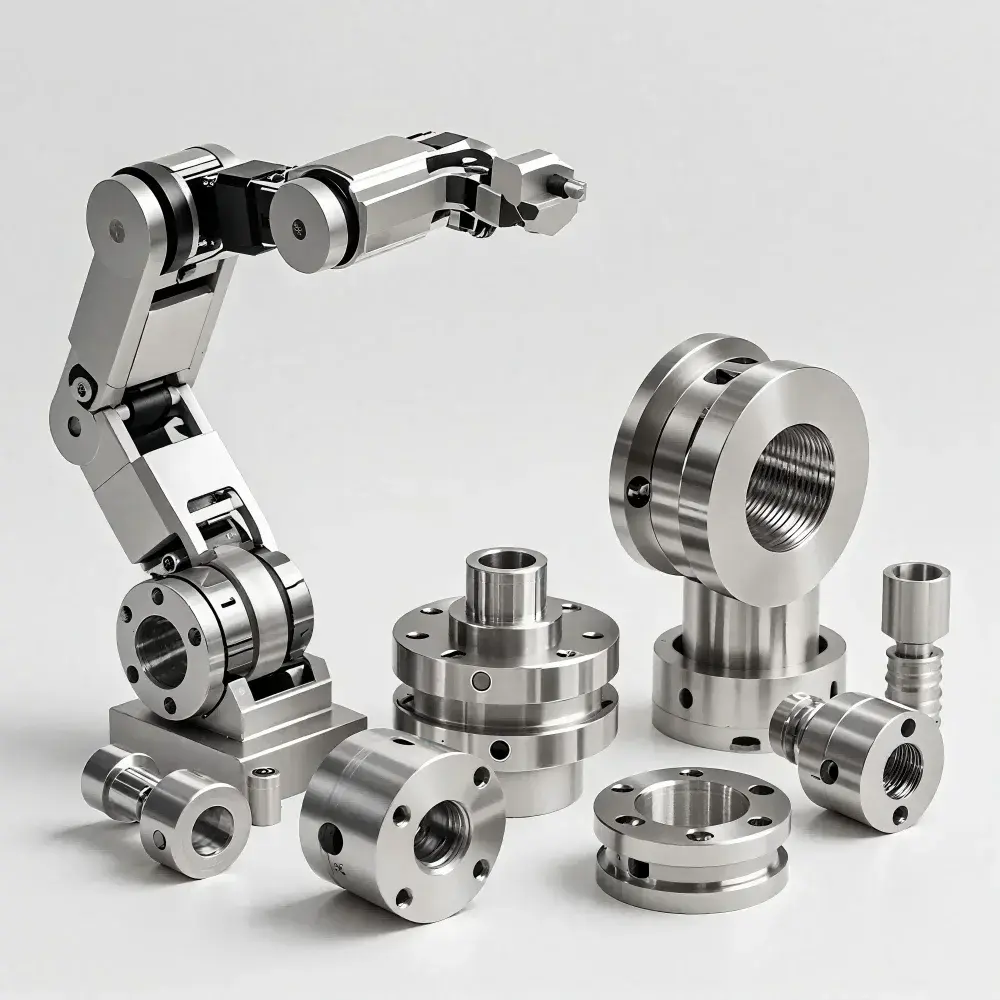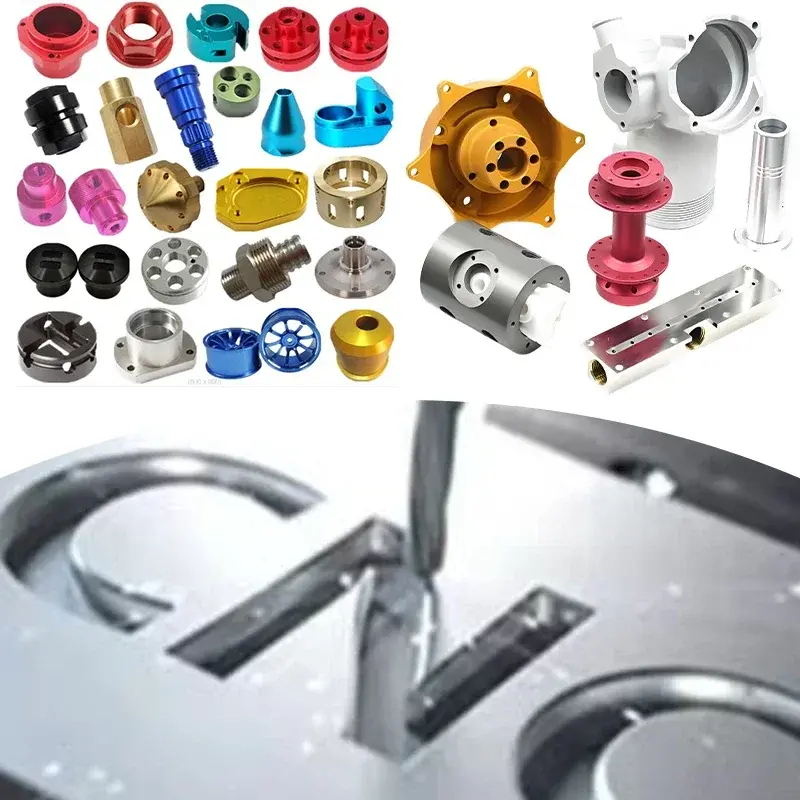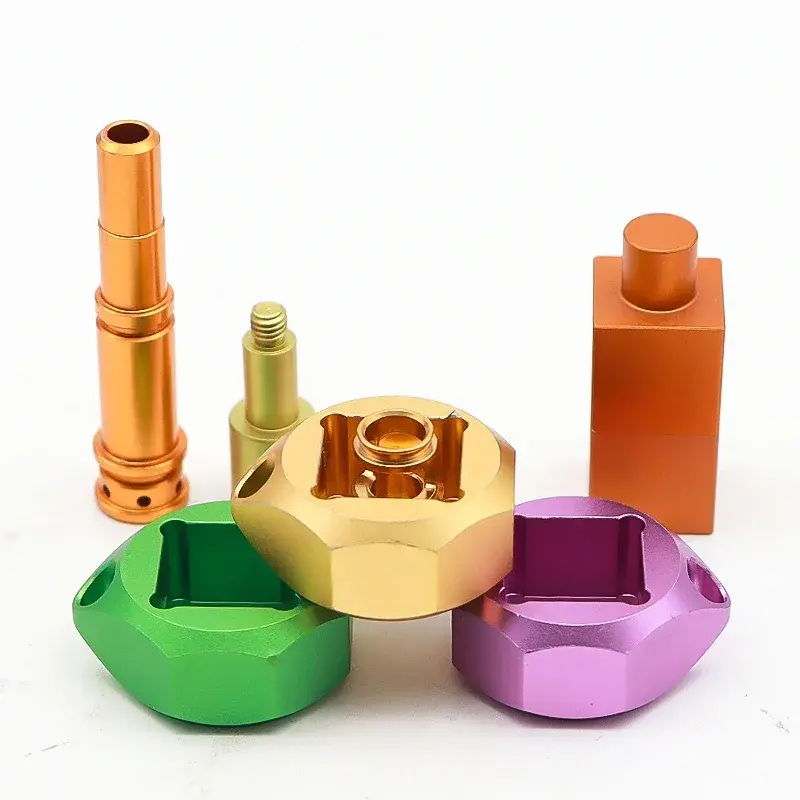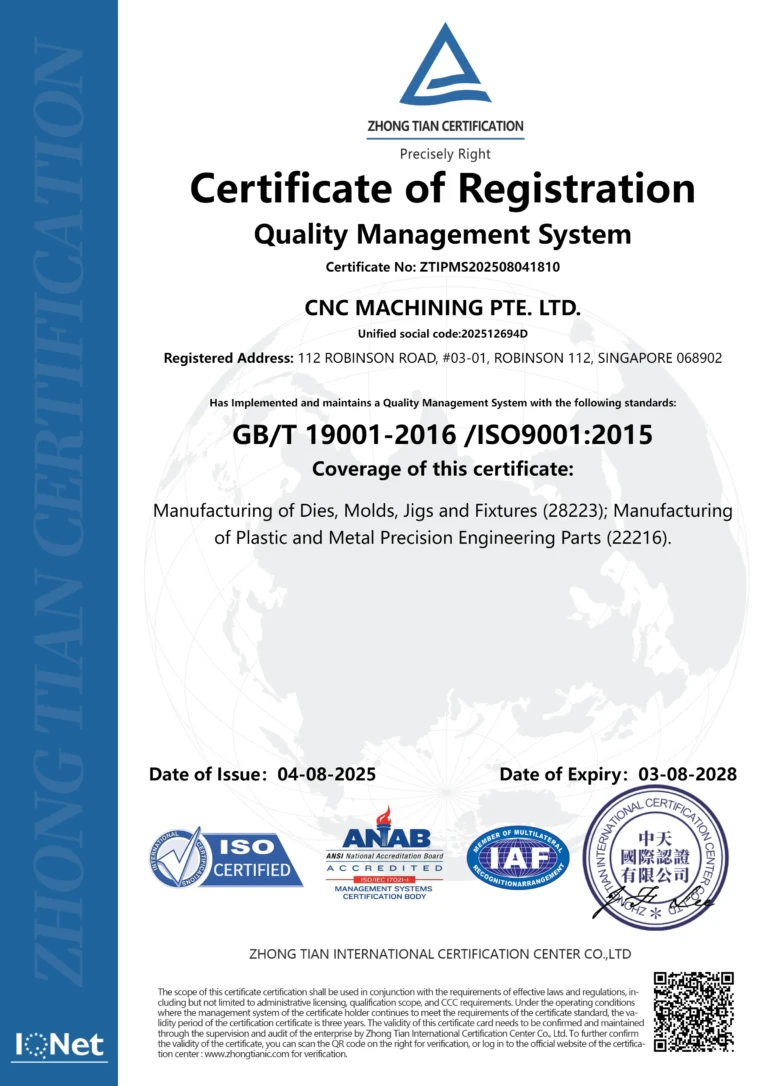Amd GPU Design Verification Engineer Interview Questions
Introduction to AMD GPUs and ASIC Design
- Overview of AMD GPUs: Their role in graphics processing, gaming, AI, and computing.
- ASIC (Application-Specific Integrated Circuit): Explanation and relevance in GPU design.
- Why design verification is critical in GPU and ASIC development.
Common AMD GPU Design Verification Engineer Interview Questions
Technical Questions
1. What is the purpose of ASIC in GPU architecture?
ASIC (Application-Specific Integrated Circuit) plays a crucial role in GPU architecture by providing tailored hardware solutions optimized for graphics processing tasks. Unlike general-purpose processors, ASICs are designed specifically for the computational requirements of GPUs, such as parallel processing, memory bandwidth optimization, and power efficiency. Their application in GPUs ensures high-performance rendering, efficient power consumption, and scalability. ASICs allow for custom optimizations that are not feasible in off-the-shelf processors, enabling manufacturers to meet specific performance benchmarks and design goals for gaming, AI, and data-intensive applications.
2. Explain the role of a verification engineer in GPU design.
Verification engineers ensure that the GPU design meets functional and performance requirements. Their role involves creating test environments, writing test cases, and simulating scenarios to validate the correctness of the design. They identify and debug issues, ensuring compliance with specifications before silicon production. Their work reduces the risk of costly errors, guarantees performance, and ensures reliability in real-world applications. Verification engineers also collaborate with design and architecture teams to refine designs and address potential flaws early in the development process.
3. What are the primary verification techniques used in ASIC design?
ASIC design verification relies on techniques like simulation, emulation, formal verification, and hardware prototyping. Simulation involves testing design models in a virtual environment to identify bugs. Emulation uses hardware accelerators to validate designs at higher speeds. Formal verification applies mathematical proofs to verify specific design properties, ensuring compliance with logical and functional requirements. Hardware prototyping involves testing the design on FPGA boards to assess real-world performance and functionality.
4. How do you write test benches for GPU design verification?
Writing test benches involves defining a controlled environment for testing GPU modules. A test bench typically includes:
- Input stimulus generators: Define inputs to test specific design scenarios.
- Monitors and checkers: Observe outputs and compare them against expected results.
- Scoreboards: Track pass/fail criteria for test cases.
- Assertions: Ensure the design adheres to specific properties.
Using hardware description languages like SystemVerilog, engineers develop modular, reusable test benches that integrate constrained random testing and directed tests.
5. What tools are commonly used for hardware simulation?
Common tools for hardware simulation include:
- Cadence Xcelium: Offers advanced simulation features for debugging and functional verification.
- Synopsys VCS: Supports fast simulation and high-level debug capabilities.
- Mentor Graphics Questa: Provides support for SystemVerilog, UVM, and formal verification.
- Modelsim: A widely used tool for simulation and debugging.
These tools enable engineers to simulate complex designs, identify issues, and validate performance across diverse scenarios.
6. Explain constrained random testing and its application in GPU verification.
Constrained random testing generates input stimuli within defined constraints to test a broad range of scenarios. This technique ensures comprehensive coverage of edge cases and unexpected conditions. In GPU verification, it is used to validate complex interactions, such as memory accesses, parallel processing units, and shader operations, ensuring the GPU handles diverse workloads effectively.
7. Describe assertion-based verification and give examples of its usage.
Assertion-based verification involves embedding assertions in the design to check specific properties during simulation. For example, in GPU memory controllers, assertions can verify that read and write operations occur within specified timing constraints. Assertions help detect violations early, enabling faster debugging and ensuring design correctness.
8. What is SystemVerilog, and why is it important for verification?
SystemVerilog is a hardware description and verification language that extends Verilog with advanced features for modeling, simulation, and verification. It supports object-oriented programming, randomization, and assertions, making it ideal for complex verification tasks. In GPU design, SystemVerilog facilitates the creation of robust, reusable test environments, ensuring thorough validation.
9. How do you handle clock domain crossing in GPU verification?
Clock domain crossing (CDC) verification ensures data integrity across domains with different clock frequencies. Techniques include:
- Adding synchronizers: Prevent metastability by synchronizing signals.
- Formal verification tools: Analyze CDC paths and detect potential issues.
- Assertions: Verify correct signal transfer and timing.
These methods ensure reliable data communication in GPU designs.
10. What is a functional coverage report, and how is it used?
A functional coverage report tracks which design features have been exercised during testing. It highlights gaps in test coverage, ensuring all scenarios are validated. In GPU verification, such reports are critical for ensuring comprehensive testing of shader cores, memory controllers, and rendering pipelines.
Behavioral and Problem-Solving Questions
1. Can you describe a challenging debugging issue you resolved in a verification project?
Debugging challenges often arise from subtle bugs that manifest under specific conditions. For example, in a GPU project, I encountered an intermittent data corruption issue in the memory controller. Using waveform analysis and assertion-based checks, I identified a timing violation in a clock domain crossing path. Collaborating with the design team, we optimized the synchronizer design, resolving the issue and ensuring stable performance across all scenarios.
2. How do you prioritize tasks under tight deadlines?
Effective prioritization involves assessing task urgency and impact. I use tools like Gantt charts and agile boards to manage tasks systematically. For instance, during a critical GPU release, I focused on high-risk modules first, ensuring core functionality before addressing peripheral components. Regular communication with the team and stakeholders helped maintain alignment and meet deadlines.
3. Discuss a situation where you worked collaboratively to solve a complex problem.
Collaboration was key in resolving a shader core bug affecting rendering performance. I coordinated with architects, designers, and verification teams to identify the root cause. By combining simulation data, formal analysis, and expert insights, we developed a robust fix that improved performance and ensured correctness.
4. How do you ensure your verification environment is reusable?
Reusability is achieved through modular, parameterized test benches and adherence to standardized methodologies like UVM. By creating libraries of reusable components and ensuring thorough documentation, I enable efficient scaling and adaptation for future projects.
5. Explain a time when you optimized a verification process for better efficiency.
In one project, I identified that simulation runtimes were a bottleneck. By implementing parallel simulation techniques and optimizing test case selection using coverage data, I reduced runtime by 40%, enabling faster iterations and improved productivity.
Why Design Verification Engineers Must Be Familiar with CNC Machining
- Material and Component Understanding: Knowledge of CNC machining helps engineers understand the physical constraints and manufacturing tolerances of hardware components.
- Prototyping Real-World Hardware: Engineers often rely on CNC machining to create prototypes for validation before full-scale production.
- Integration of Hardware and Software Testing: CNC-machined components play a crucial role in physical testing, ensuring software models align with real-world behavior.
Engineering Verification Prototyping Service
Great Light’s Expertise in Prototyping
- Description of services offered, including advanced CNC machining and post-processing.
- Materials supported for engineering prototypes: metal, plastic, and composite.
- Unique benefits, such as rapid turnaround and precision machining.
Careers in Design and Verification Engineering
Skills and Qualifications
- Technical skills: Proficiency in SystemVerilog, UVM, and hardware simulation tools.
- Analytical abilities: Debugging and problem-solving in complex environments.
- Communication skills: Collaborating with cross-functional teams.
Job Roles and Opportunities
- Key roles: Verification Engineer, ASIC Verification Engineer, Validation Engineer.
- Top industries: Semiconductors, Automotive, Aerospace, and Consumer Electronics.
Future Trends in GPU Design and Verification
- Use of AI for automated verification processes.
- Increasing complexity in GPU architectures to support AI and machine learning.
- Advances in simulation tools and methodologies.








